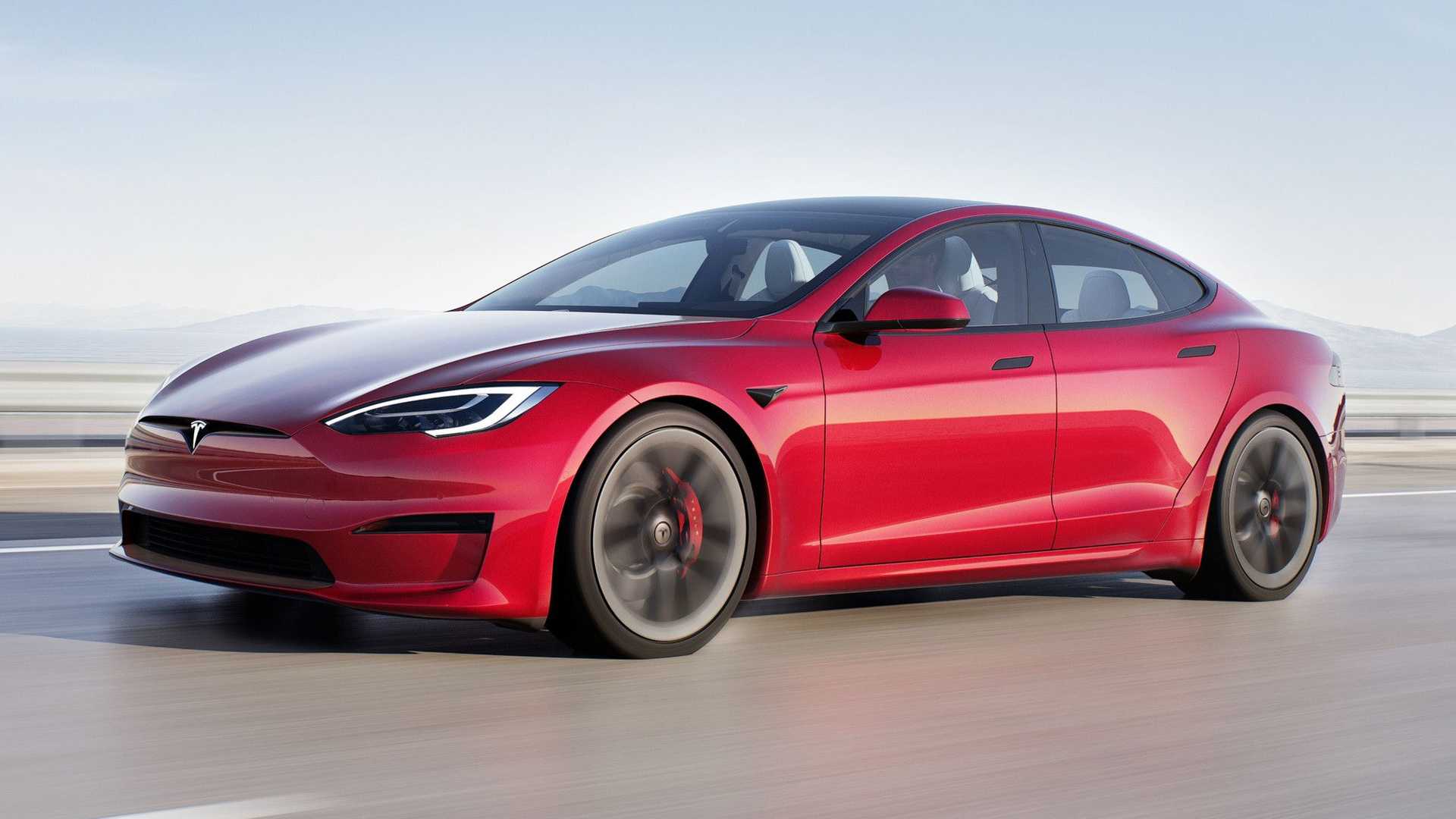In today’s automotive world, modern cars are packed with advanced technology and electronics that enhance driving comfort, safety, and connectivity.
From touchscreen infotainment systems and digital instrument clusters to sophisticated driver assistance features, electronic components play a vital role in shaping the driving experience.
However, as vehicles become increasingly computerized, electrical issues have become a common concern for many car owners.
Electrical problems can range from annoying glitches like flickering dashboard lights and malfunctioning sensors to serious faults affecting engine management or safety systems. Such issues often lead to expensive repairs, unpredictable vehicle behavior, and frustration.
On the other hand, some modern cars have established strong reputations for electrical reliability, thanks to robust engineering, quality components, and thorough testing.
These vehicles demonstrate how careful design and manufacturing can minimize electrical faults, providing owners with dependable performance and peace of mind.
This article explores two contrasting groups: five modern cars known for common electrical problems, highlighting where and why these issues occur, and five models praised for their clean electrical records.
Understanding these differences helps prospective buyers and current owners make informed decisions and anticipate potential challenges or benefits related to automotive electronics.
Also Read: 5 Cars That Still Get Good Mileage at 200K Miles and 5 That Don’t Move Without Fuel
5 Modern Cars With Common Electrical Problems
Modern vehicles rely heavily on complex electrical systems to deliver comfort, safety, and performance features that drivers have come to expect.
From advanced infotainment interfaces and navigation units to intricate engine management controls and driver assistance technologies, the amount of wiring, sensors, and electronic modules in a single vehicle has increased exponentially compared to cars from even a decade ago.
While these advancements offer significant benefits, they also introduce a greater risk of electrical problems that can impact reliability and ownership satisfaction.
Electrical issues can manifest in many ways, including malfunctioning power windows, erratic dashboard warning lights, failing sensors, intermittent engine stalling, and faulty lighting systems.
In some cases, problems originate from defective wiring harnesses, poor connectors, software glitches, or aging components, leading to costly repairs and downtime. Identifying and diagnosing electrical faults can also be challenging for technicians, often requiring specialized diagnostic tools and expertise.
The five modern cars discussed in this section have become known in the automotive community for common electrical problems reported by owners and automotive experts alike.
These problems range from minor annoyances to more severe faults that affect the car’s drivability and safety.
By highlighting these models and their electrical issues, prospective buyers and current owners can be better prepared for potential challenges and take preventive or corrective actions to minimize inconvenience and repair costs.
Understanding where these vehicles struggle with electrical reliability also underscores the importance of ongoing software updates, routine inspections, and timely maintenance.
While no vehicle is completely immune to electrical problems, being informed about frequent trouble spots empowers owners to act proactively.
In the following detailed profiles, we explore each car’s specific issues and the underlying causes, providing a clear picture of what to expect from these modern machines.
1. Jeep Grand Cherokee (2014–2019)
The Jeep Grand Cherokee from model years 2014 to 2019 is frequently cited for a range of electrical issues that frustrate owners and technicians alike.
One of the most commonly reported problems centers around the Uconnect infotainment system, which can freeze, reboot randomly, or fail to respond to touchscreen inputs.
These glitches stem from software bugs or faulty wiring harnesses that disrupt communication between the head unit and other vehicle modules.
Beyond infotainment, the Grand Cherokee’s Body Control Module (BCM) has been known to malfunction, causing erratic behavior in exterior lighting, power door locks, and power windows.

Owners report intermittent failure of daytime running lights, dashboard warning lights illuminating erroneously, and power accessories working sporadically. These issues often trace back to poor electrical connectors or water intrusion into fuse boxes.
Another critical electrical concern involves the vehicle’s instrument cluster, which may flicker or display incorrect information, confusing drivers and raising safety questions.
The complexity of the Grand Cherokee’s wiring and numerous sensor integrations increases the chance of faults and makes DIY diagnosis challenging.
Chrysler (Jeep’s parent company) issued several software updates and recalls to address some of these problems, but many owners still experience them, often requiring dealer visits and diagnostic scans. Repair costs can escalate due to the complexity of component replacements and the need for reprogramming.
The Jeep Grand Cherokee’s mix of advanced electronics, harsh environmental exposure (due to off-road use), and design quirks make it a prime example of a modern car with common electrical headaches.
Prospective buyers should be aware of these issues and maintain a proactive approach with software updates and inspections to reduce potential frustrations.
2. BMW 3 Series (F30, 2012–2019)
The BMW 3 Series F30 generation, produced from 2012 to 2019, is renowned for its sporty driving dynamics and premium features, but it has a reputation for recurring electrical problems.
Owners often report issues with the vehicle’s electronic systems, particularly involving the central gateway module, which manages communication between various control units.
One prevalent complaint involves frequent error messages related to sensors, such as the tire pressure monitoring system (TPMS), brake pad wear sensors, and adaptive headlights malfunctioning.
These sensor faults may cause warning lights to stay on, even when no real problem exists, leading to confusion and unnecessary trips to the dealership.
The iDrive infotainment system, while advanced, sometimes suffers from freezes, lag, or connectivity problems with Bluetooth and smartphone integration. This is often due to software bugs or faulty hardware components, which can require updates or module replacements.
Another common electrical issue is with the battery sensor and charging system, which can cause the vehicle’s electrical architecture to behave erratically. Owners have reported unexpected battery drain or false low-voltage warnings, which can affect starting reliability and onboard systems.

The complexity of BMW’s electronic network, combined with a high degree of integration among vehicle systems, makes diagnosing and fixing these issues challenging without specialized diagnostic equipment.
The cost of repairs can add up quickly, especially if multiple modules need reprogramming or replacement.
Despite these concerns, many BMW 3 Series owners find that routine maintenance and timely software updates mitigate some of the electrical headaches.
However, potential buyers should be mindful of the model’s tendencies and plan for possible diagnostic visits related to electrical glitches.
3. Tesla Model S (2012–2020)
The Tesla Model S, a pioneer in electric vehicle technology, is widely admired for its innovation and performance but is also known for certain electrical and software issues.
As one of the most electronically sophisticated cars on the market, the Model S relies heavily on a centralized computer system that controls nearly every aspect of the vehicle, from battery management to infotainment and driver-assistance features.
Common electrical problems reported by owners include touchscreen failures, random rebooting of the central display, malfunctioning sensors, and connectivity issues with Tesla’s network services.
The vehicle’s reliance on over-the-air software updates means that software bugs can sometimes introduce new glitches or temporarily degrade system performance until patched.
Another frequent complaint involves door handles and windows that operate via electronic motors and sensors, which may fail or become unresponsive.
Electrical gremlins affecting the climate control system and battery cooling have also been noted, sometimes causing warning lights or reduced functionality.
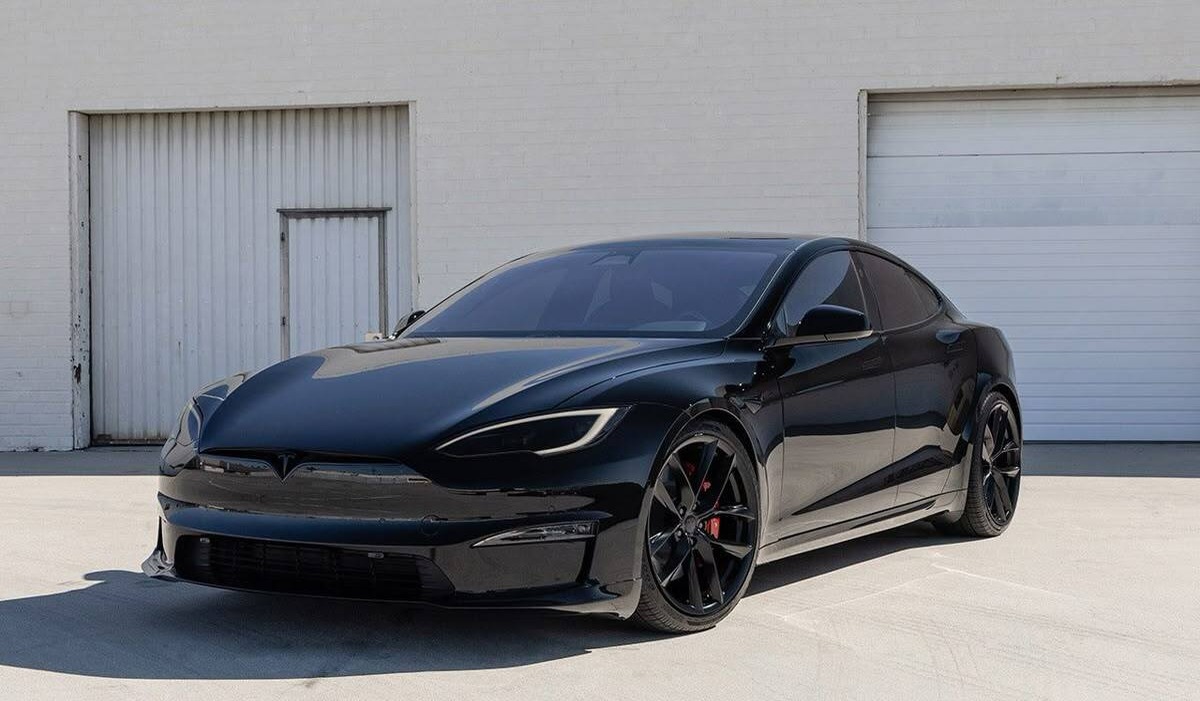
While Tesla’s direct-to-consumer service model allows for remote diagnostics and frequent updates, some repairs—especially those involving hardware replacements—can be costly and require specialized expertise.
The complexity of the electrical system and integration of hardware and software means DIY repairs are virtually impossible for most owners.
The Model S exemplifies how cutting-edge technology, while transformative, can also lead to unique electrical challenges that owners must be prepared to address.
Those considering a Tesla should weigh the benefits of its advanced systems against the potential for intermittent electrical issues that may require professional attention.
4. Ford F-150 (2015–2020)
The Ford F-150, America’s bestselling truck for decades, has seen tremendous technological upgrades in recent years, including advanced electrical systems that control lighting, sensors, and infotainment.
However, the 2015–2020 models have faced several electrical-related complaints that have affected owner satisfaction.
One of the most common issues relates to the truck’s lighting system, particularly the LED headlights and taillights.
Owners report flickering lights, bulbs that fail prematurely, and malfunctioning automatic headlight controls. These problems are often caused by faulty wiring harnesses, poor ground connections, or defective control modules.
In addition to lighting, various sensors—including parking sensors, blind-spot monitoring, and rearview cameras—have been known to fail or give inaccurate readings. These sensor malfunctions often trigger false warnings or disable critical driver-assistance features, which can compromise safety.
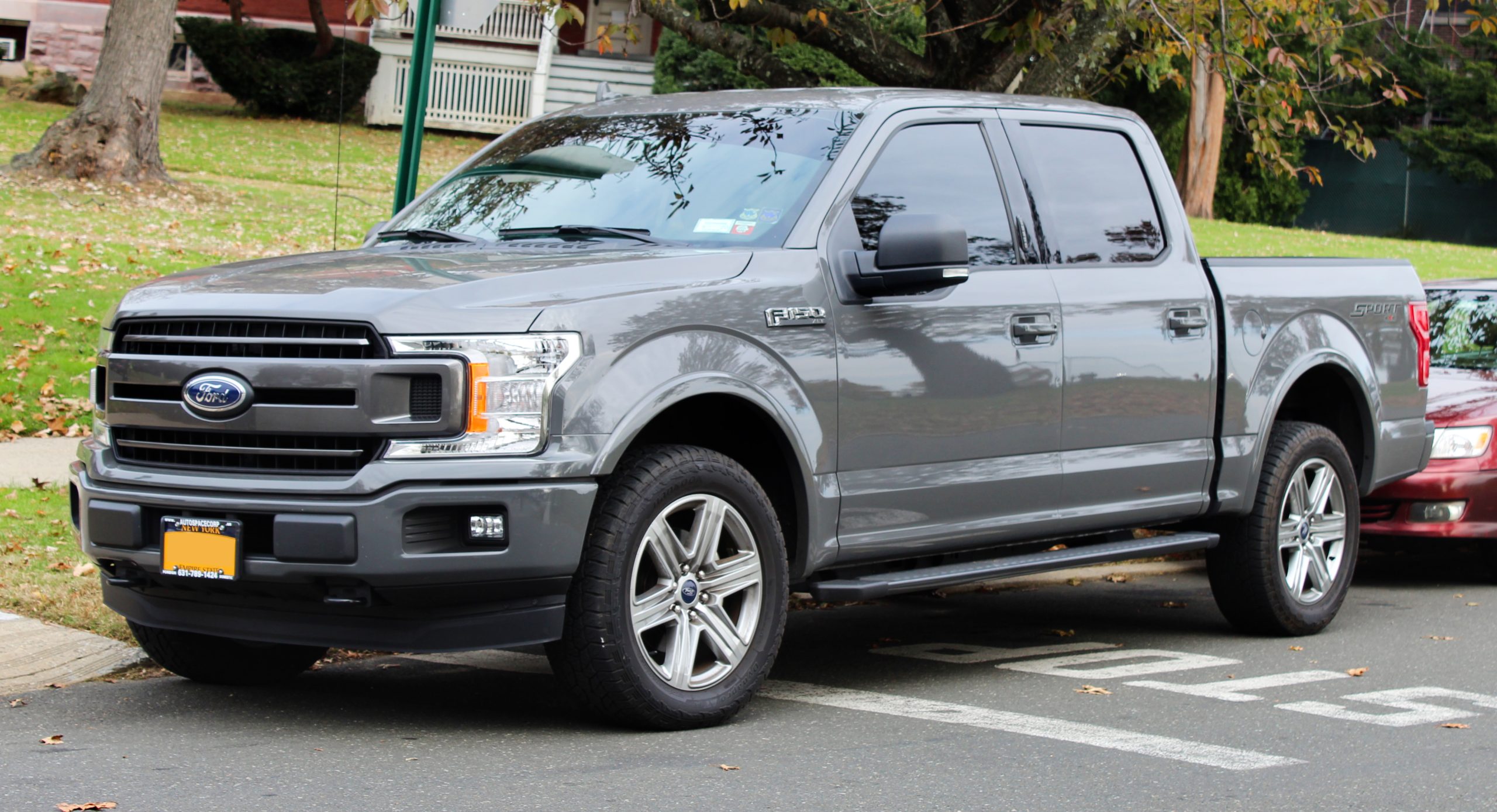
The F-150’s electronic throttle control system has also exhibited glitches, resulting in engine hesitation or surging during acceleration. Such issues often require diagnostic scans and, occasionally, electronic control unit (ECU) reprogramming.
Infotainment system hiccups are another recurring complaint, with the SYNC system sometimes freezing or losing Bluetooth connectivity, affecting smartphone integration and hands-free calling.
While Ford has addressed some of these issues through recalls and software updates, many owners still experience electrical faults, particularly as the trucks accumulate mileage.
The complexity of modern pickups, combined with exposure to harsh environments and heavy-duty use, increases the likelihood of electrical wear and failures.
For prospective buyers and current owners, understanding these common electrical problems can help with maintenance planning and timely repairs, potentially avoiding more significant issues down the road.
5. Volkswagen Golf (Mk7, 2013–2019)
The Volkswagen Golf Mk7, produced from 2013 to 2019, is a popular compact car praised for its solid build and driving dynamics. However, it has faced several electrical issues that have been widely reported by owners and mechanics alike.
These issues often stem from the vehicle’s numerous control modules and sensor systems that manage everything from engine performance to comfort features.
One common problem involves the car’s central control module, which can cause intermittent failures of essential systems such as the power windows, interior lighting, and climate control.
Owners frequently report glitches like windows that won’t operate smoothly, dashboard lights flickering, or air conditioning that stops responding unexpectedly.
The Golf’s engine management system has also been affected by faulty sensors, such as the mass airflow sensor (MAF) or oxygen sensors, which can trigger check engine lights and cause reduced performance or stalling. Electrical shorts or corrosion in wiring harnesses, especially in damp climates, contribute to these faults.
In addition, the vehicle’s start-stop system, designed to improve fuel economy, sometimes malfunctions due to electrical gremlins, causing hesitation when restarting or failure to activate properly.
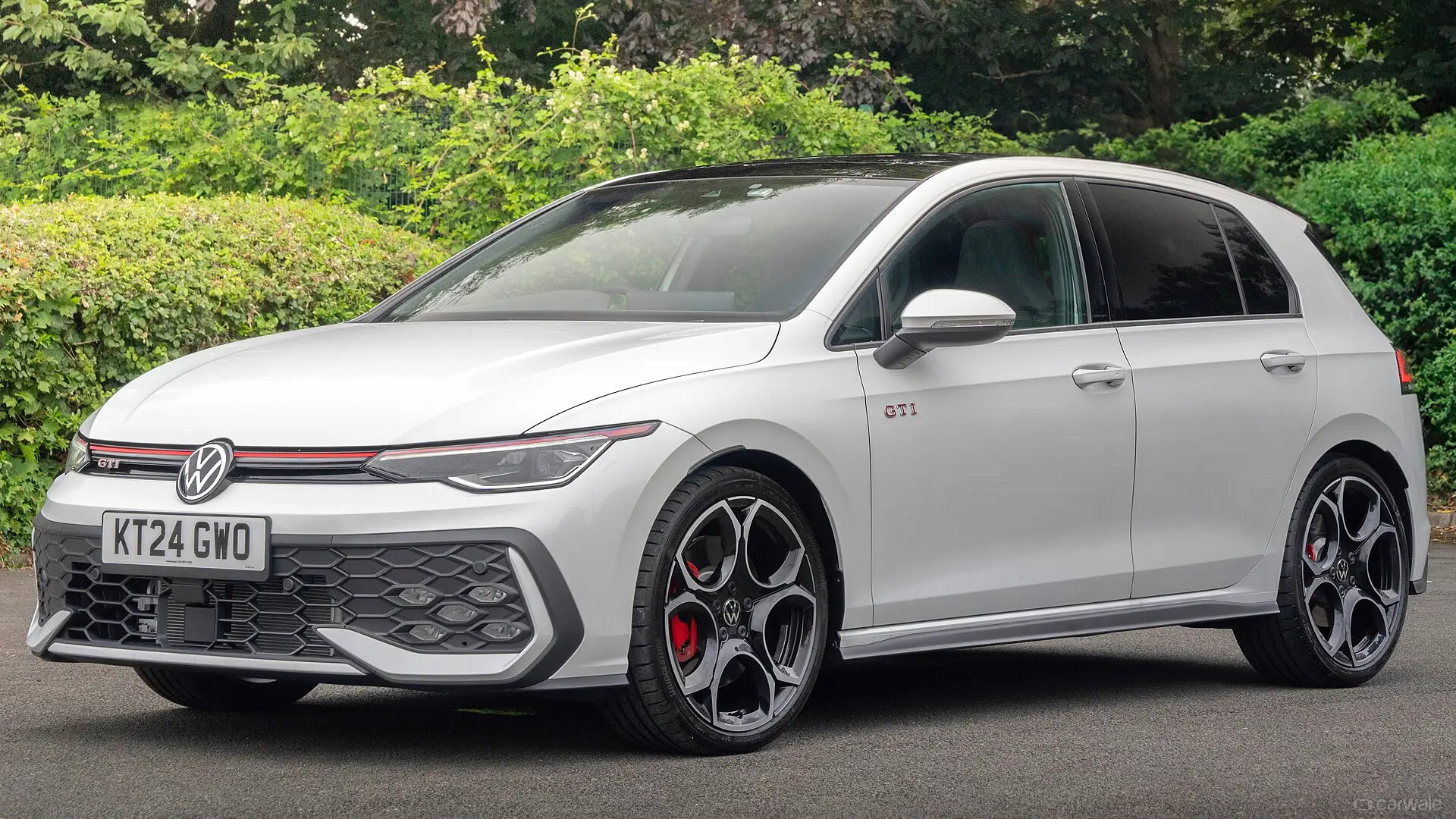
While Volkswagen has issued software updates and technical service bulletins addressing some of these electrical issues, repairs can be complicated by the need for module replacements or rewiring in some cases.
Owners who regularly maintain their vehicles and promptly address warning signs generally experience fewer long-term problems.
The Golf Mk7 illustrates how even well-engineered vehicles can encounter electrical reliability issues, particularly as the complexity of automotive electronics continues to grow.
Awareness of these common problems can help current owners and potential buyers make informed decisions and maintain their vehicles effectively.
5 Modern Cars With Clean Electrical Reports
In today’s automotive landscape, electrical reliability is a crucial factor for buyers seeking peace of mind alongside advanced features and technology.
While many modern vehicles encounter some level of electrical issues due to the complexity of their systems, there are notable exceptions that consistently earn praise for their clean electrical records.
These vehicles stand out because their manufacturers have implemented robust design practices, quality control measures, and reliable software architectures that minimize faults and malfunctions.
Cars with clean electrical reports typically feature straightforward yet advanced electronic systems that balance innovation with reliability.
They often use proven components and thoroughly tested wiring harnesses that reduce the risk of shorts, corrosion, or connectivity issues.
Furthermore, these vehicles benefit from frequent software updates and effective diagnostics tools, which allow for early detection and resolution of potential problems before they escalate.
Owners of such vehicles generally experience fewer warning lights, fewer unexpected electrical failures, and more consistent performance of features like infotainment, lighting, power accessories, and driver assistance systems.
This reliability reduces repair frequency and costs, enhances vehicle uptime, and ultimately contributes to a more satisfying ownership experience.
In this section, we focus on five modern cars that have earned a reputation for excellent electrical reliability.
Each model has been recognized by owner reports, expert reviews, and reliability studies for its minimal electrical faults despite carrying many of the same complex features found in less reliable vehicles.
By examining these cars, prospective buyers can identify models that provide cutting-edge technology without sacrificing dependability, while current owners gain reassurance about their investment.
Next, we’ll delve into detailed profiles of each vehicle, exploring the design philosophies and engineering choices that contribute to their impressive electrical records.
1. Toyota Camry (2018–Present)
The Toyota Camry, especially models from 2018 onward, stands as a benchmark for electrical reliability in the midsize sedan segment.
Toyota’s longstanding reputation for engineering durable, dependable vehicles extends strongly to the Camry’s electrical systems, which are designed to perform consistently with minimal issues.
One of the key reasons behind the Camry’s clean electrical record is Toyota’s emphasis on simplicity and robustness in wiring and component design.
Rather than overcomplicating systems, Toyota focuses on using proven technology and components with high-quality connectors, reducing the chances of shorts, corrosion, and signal interference. This pragmatic approach minimizes the number of electronic faults reported by owners.
The Camry’s infotainment system, while feature-rich, is known for its user-friendly interface and reliable Bluetooth connectivity, with relatively few complaints of freezing or disconnects.
Toyota also utilizes modular control units that communicate efficiently, preventing cascading failures that can plague less carefully engineered vehicles.
Lighting systems, power accessories, and driver-assistance features such as adaptive cruise control and lane departure warning have shown high reliability rates, with sensors and cameras rarely malfunctioning.
Toyota’s rigorous quality control and extensive testing ensure these electronic components maintain performance even under various environmental stresses.
Another advantage is Toyota’s proactive software maintenance. Frequent over-the-air updates and dealership recalls help address potential software glitches before they become widespread, keeping system performance smooth and error-free.

For owners, this translates to fewer visits to the dealership for electrical repairs, lower maintenance costs, and a smoother ownership experience.
The Toyota Camry’s combination of technology, durability, and reliability make it a standout example of how modern vehicles can deliver advanced features without compromising electrical dependability.
2. Honda Accord (2018–Present)
The Honda Accord from 2018 onward is widely praised not only for its performance and comfort but also for its notably reliable electrical systems.
Honda has engineered the Accord to balance advanced technology integration with long-term durability, earning it a strong reputation for clean electrical reports.
The Accord’s electrical design emphasizes quality components and robust wiring harnesses that minimize failures. Unlike some competitors, Honda avoids overly complex electronic architectures that can increase the risk of faults.
This approach leads to fewer issues with the car’s electronic control units (ECUs) and sensors, which manage everything from engine operations to safety features.
Owners appreciate the consistent performance of the Accord’s infotainment system, which offers smooth smartphone integration, voice recognition, and responsive touchscreen operation with minimal freezing or connectivity complaints.
The vehicle’s keyless entry, power windows, and lighting systems are similarly dependable, showing very low failure rates.
In terms of driver assistance technology, the Accord’s adaptive cruise control, collision mitigation braking system, and lane-keeping assist rely on sensors and cameras that rarely encounter malfunctions.
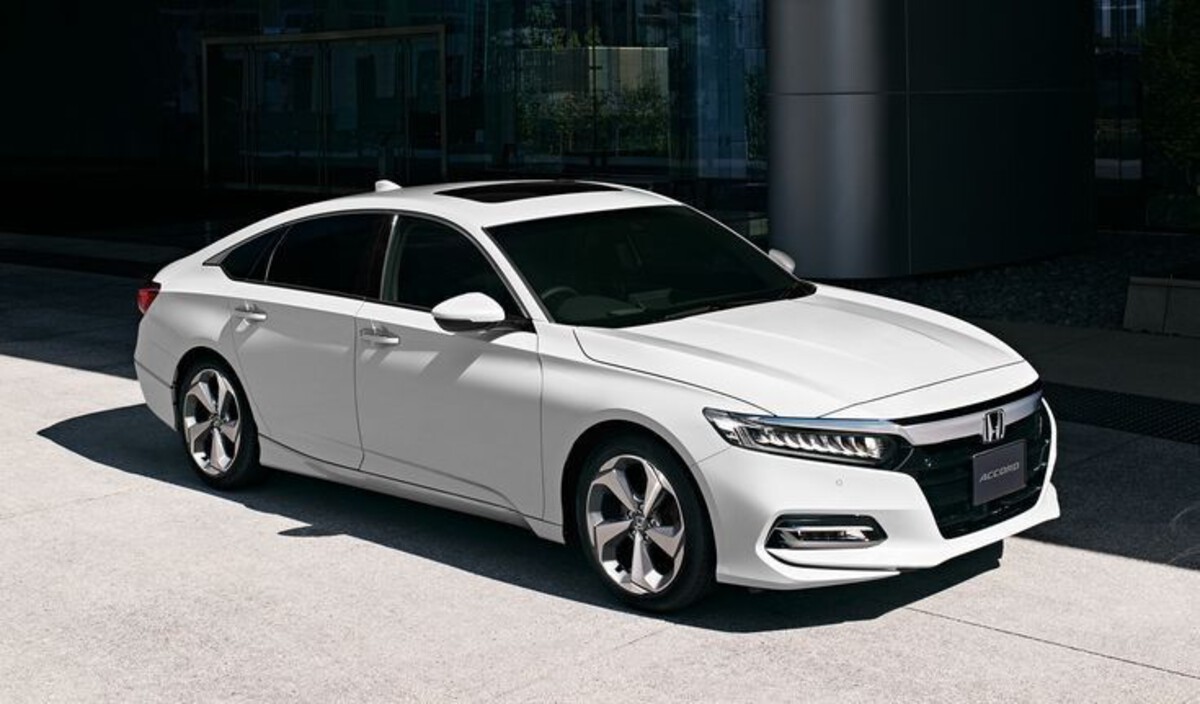
Honda’s comprehensive pre-release testing and continual software refinement help maintain these systems’ reliability over the vehicle’s lifetime.
The climate control system and electronic throttle control also enjoy a good track record for electrical stability, with few reports of unexpected shutdowns or warning lights.
When minor issues do arise, Honda’s well-established dealership network and strong parts availability make diagnosis and repair straightforward.
Overall, the 2018+ Honda Accord exemplifies how thoughtful electrical design and quality control can result in a modern vehicle that delivers both technological convenience and long-term reliability. For buyers seeking a tech-loaded sedan without frequent electrical headaches, the Accord remains a top choice.
3. Lexus RX (2016–Present)
The Lexus RX, particularly models from 2016 onward, has built a solid reputation for combining luxury features with impressive electrical reliability.
As Lexus is Toyota’s luxury division, the RX benefits from Toyota’s engineering philosophy, focusing on durability and quality while incorporating sophisticated electronic amenities.
One of the RX’s strengths is its well-organized electrical architecture. Lexus engineers design the vehicle’s wiring and modules to minimize interference and connection issues, which reduces the frequency of electrical faults common in other luxury SUVs. This thoughtful layout also simplifies diagnostics and repairs when needed.
The RX’s infotainment system is known for its smooth operation and user-friendly interface, with few reports of freezing, glitches, or Bluetooth disconnections.
The vehicle’s extensive suite of driver assistance technologies — including adaptive cruise control, pre-collision system, and blind-spot monitoring — rely on reliable sensors and cameras that maintain consistent performance throughout the vehicle’s life.

Lighting systems, including LED headlights and interior illumination, rarely experience malfunctions, contributing to the RX’s reputation for electrical dependability.
Similarly, electronic comfort features like power seats, sunroof controls, and climate control systems demonstrate high reliability with minimal service issues.
Another factor enhancing the RX’s electrical reliability is Lexus’s commitment to software maintenance and over-the-air updates. Regular updates help prevent bugs and ensure that all electronic systems operate harmoniously.
Owners benefit from fewer unexpected electrical failures and reduced repair costs, making the RX an excellent choice for those seeking a premium SUV with sophisticated technology that doesn’t come with frequent electrical headaches.
4. Subaru Outback (2018–Present) — Rugged Reliability Meets Modern Electronics
The Subaru Outback, particularly from the 2018 model year onward, has become a favorite among buyers seeking a versatile, rugged vehicle with a strong reputation for electrical reliability.
Subaru’s engineering focuses on creating dependable systems that can withstand diverse driving conditions, from city streets to off-road trails.
One key to the Outback’s clean electrical record is its straightforward wiring design and the use of durable components.
Subaru tends to avoid overcomplicating its electronics, which reduces potential points of failure, especially in the vehicle’s essential systems like lighting, sensors, and power accessories.
The Outback’s infotainment system, known for its Starlink interface, provides a user-friendly experience with reliable Bluetooth and smartphone integration. Owners report few issues with system freezes or connection drops, highlighting Subaru’s attention to software stability.
Safety features such as EyeSight Driver Assist Technology depend on cameras and radar sensors that consistently perform well, with minimal malfunctions reported.
This consistency is vital, given the reliance on these systems for adaptive cruise control, lane departure warnings, and automatic emergency braking.
Power windows, door locks, and climate controls in the Outback exhibit strong reliability, reducing inconvenience and repair frequency.

Subaru also emphasizes solid grounding and corrosion-resistant connectors in wiring, which enhances electrical system durability in the often harsh environments its customers frequent.
The combination of rugged mechanical reliability and dependable electronics makes the Outback a standout for drivers who want both adventure readiness and modern conveniences without constant electrical troubles.
5. Mazda CX-5 (2017–Present)
The Mazda CX-5, especially models from 2017 onward, has garnered praise for its blend of sharp styling, engaging driving dynamics, and surprisingly strong electrical reliability.
Mazda’s philosophy of “less is more” extends to the CX-5’s electronic systems, which are designed for durability and ease of maintenance without sacrificing modern convenience.
One reason for the CX-5’s clean electrical record is Mazda’s focus on high-quality components and simplified wiring layouts.
By avoiding overly complex or redundant electronic systems, Mazda minimizes potential points of failure and reduces issues such as electrical shorts or sensor malfunctions.
Owners report consistent performance from the CX-5’s infotainment system, which features an intuitive interface and reliable smartphone integration through Apple CarPlay and Android Auto. Connectivity issues and system crashes are rare compared to many competitors in the compact SUV class.
The CX-5’s driver assistance features, including adaptive cruise control, lane departure warning, and blind-spot monitoring, utilize sensors and cameras that have shown excellent reliability in owner surveys and expert reviews. Lighting systems, including LED headlights and interior lights, are durable and seldom require electrical repairs.
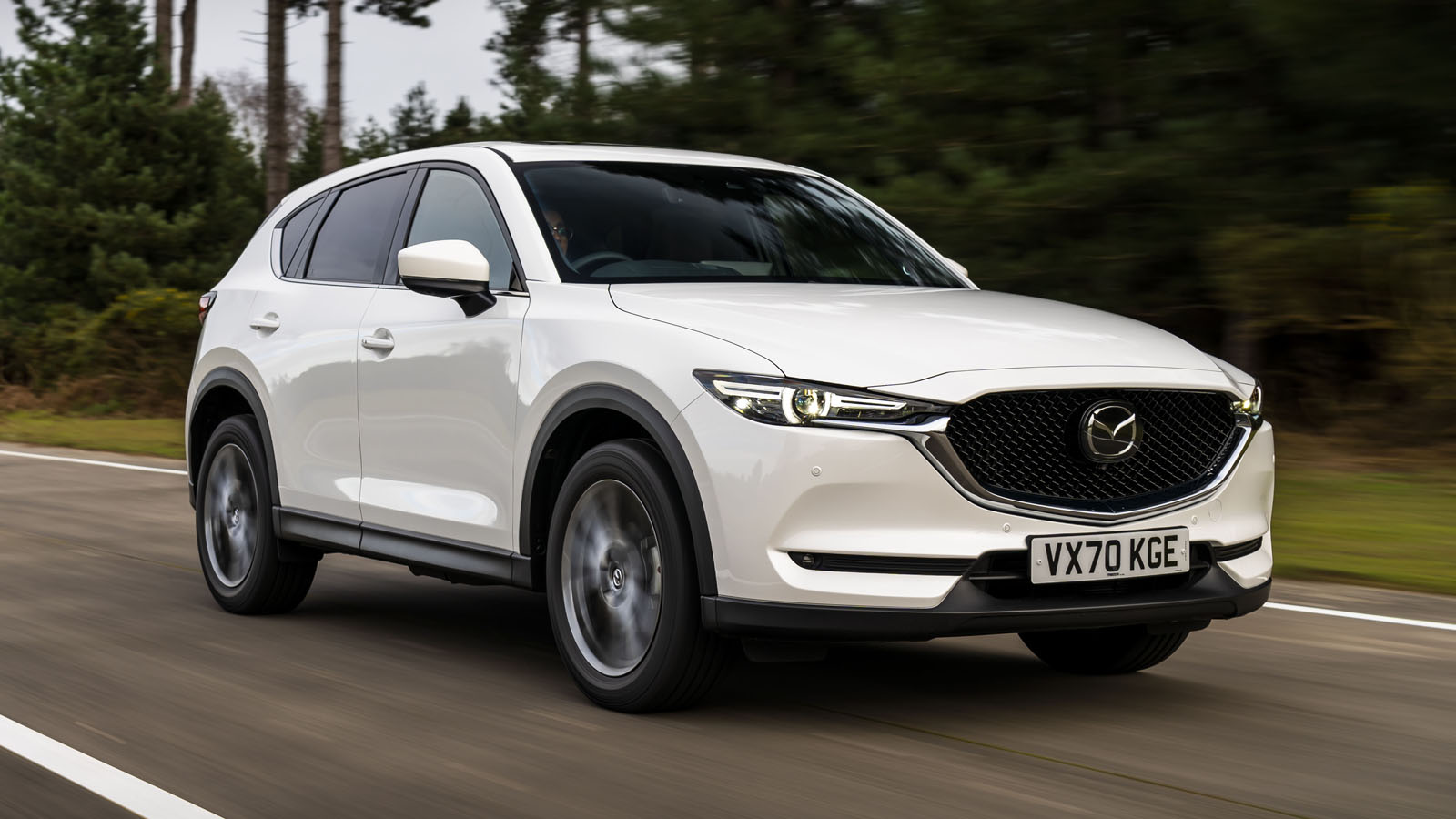
Mazda also implements effective software management and quality control during production, contributing to the overall dependability of the vehicle’s electronic components. For owners, this translates to fewer trips to the dealer for electrical problems and lower long-term maintenance costs.
In summary, the Mazda CX-5 offers a compelling mix of style, performance, and electronic reliability, making it a smart choice for buyers who want modern features without the headache of frequent electrical issues.
Also Read: 5 Cars Where Minor Repairs Total Over $1,000 And 5 That Stay Manageable

